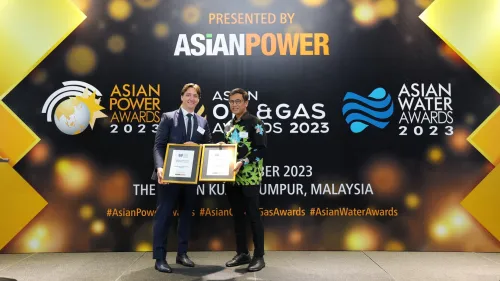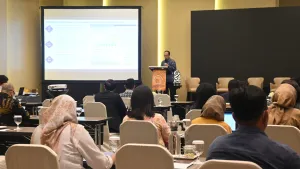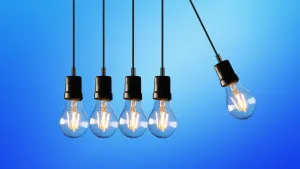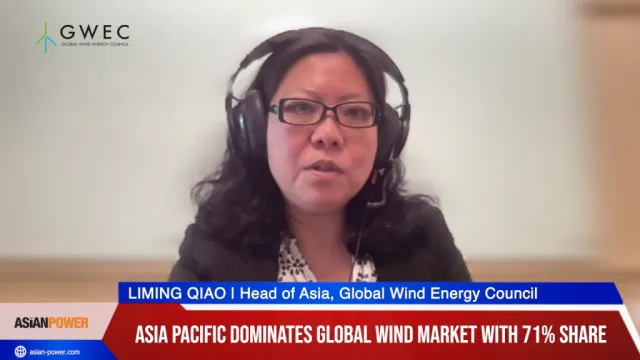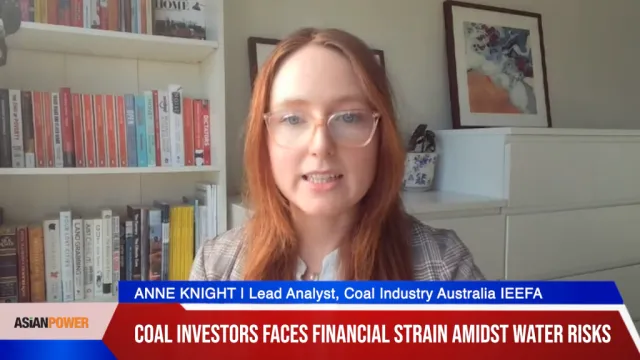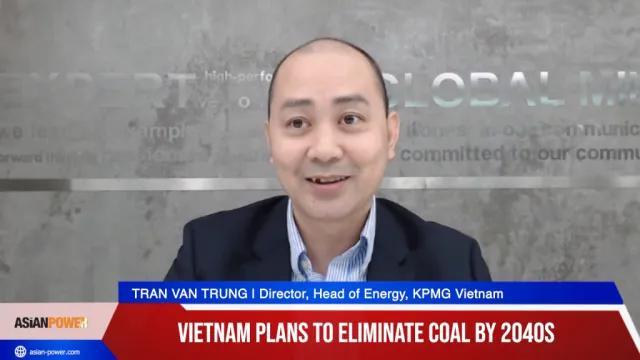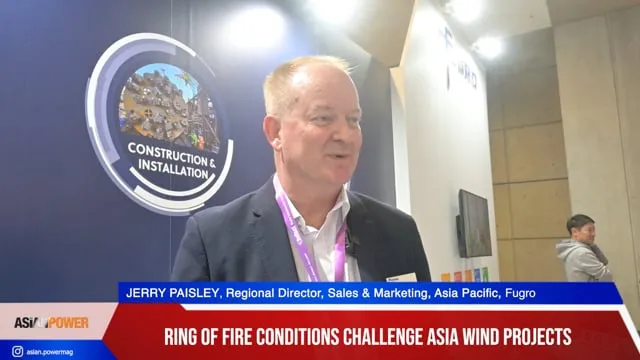Solar power plant and long term financing
By Eugene Chen ???According to BBC's report , a tiny country with 1500 of population in South Pacific called Tokelau claims that it will be the first country in the world to 100% meet its electricity need with solar power.
The story is interesting and encouraging. This is another country successfully using solar power to generate electricity after Germany which has stopped all subsidies but the industry has become well-established.
The successful story of power plant development in Germany also tells that it is possible to replace nuclear power plants by solar power plants in the future while other countries are still considering of using it to pollute the world .
Another feature of German experience worth of mentioned is that averaged duration hours of the sun light of the country are not as high as tropical countries but it manages to build the industry under its normal electricity tariff. This reminds us that those countries enjoys longer duration of sun light and high electricity tariff than Germany should have opportunity to turn the solar power industry into a success.
Also, dropping price of solar power plant in the past two years stimulates new demand from emerging countries which drives a new support to replace traditional power plant using fuel or coal as input. It is even more encouraging to see many new projects are linking solar power as a power base or as total solution.
For instance to use solar power to support the organic vegetable or flower plantation is the ones which obviously can generate higher value.
But due to the nature of long term investment funding recycle,it is still difficult to convince commercial banks to support the industry. It is therefore that a strong support from the governments or long term financing banks such as ADB or World Bank is important for the future development of green energy industry including solar power.
In addition to German experience ,the successful story of Tokelau ,which is mainly sponsored by New Zealand government, have witnessed it. The slow development of the industry in Taiwan and other Asean countries also can be explained by the same reason.
So even though we understand that it can be easily started from somewhere, but there are still long way to go for a success, due to the lack of government determination and the long term finance support.



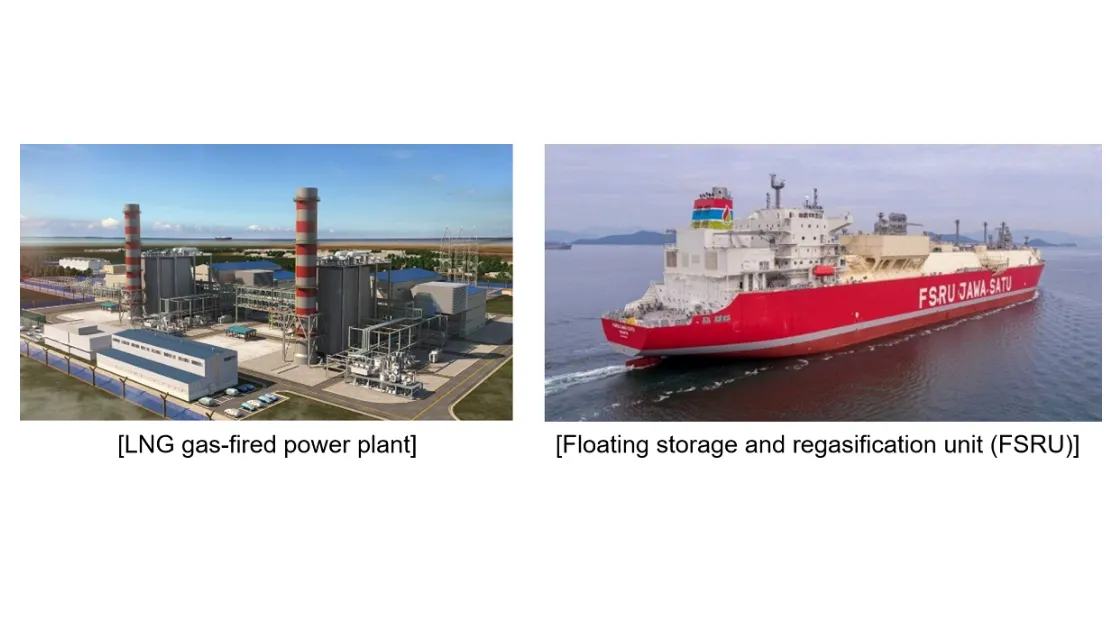
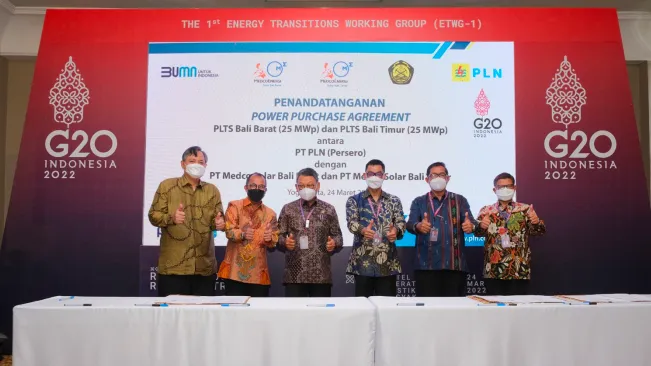


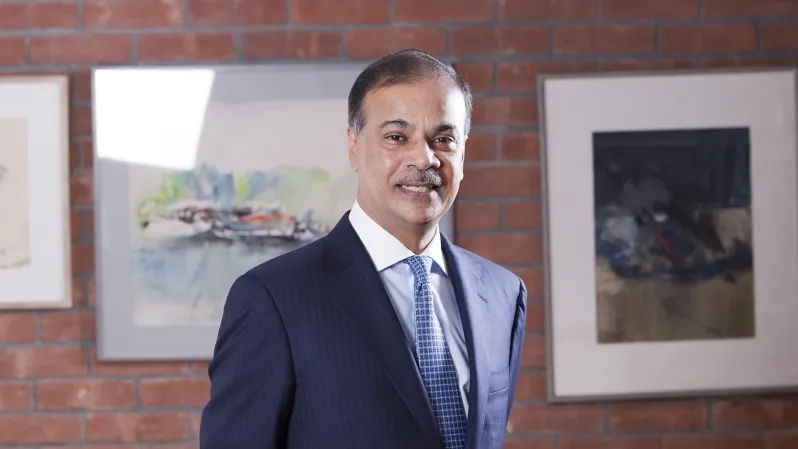

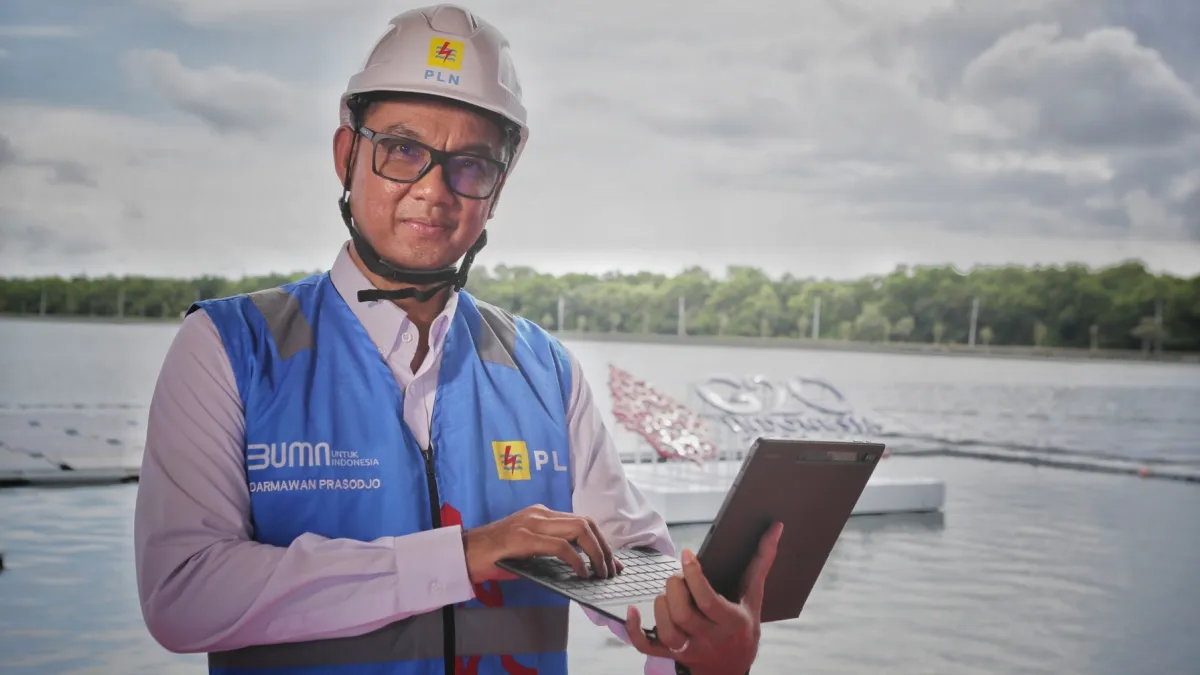
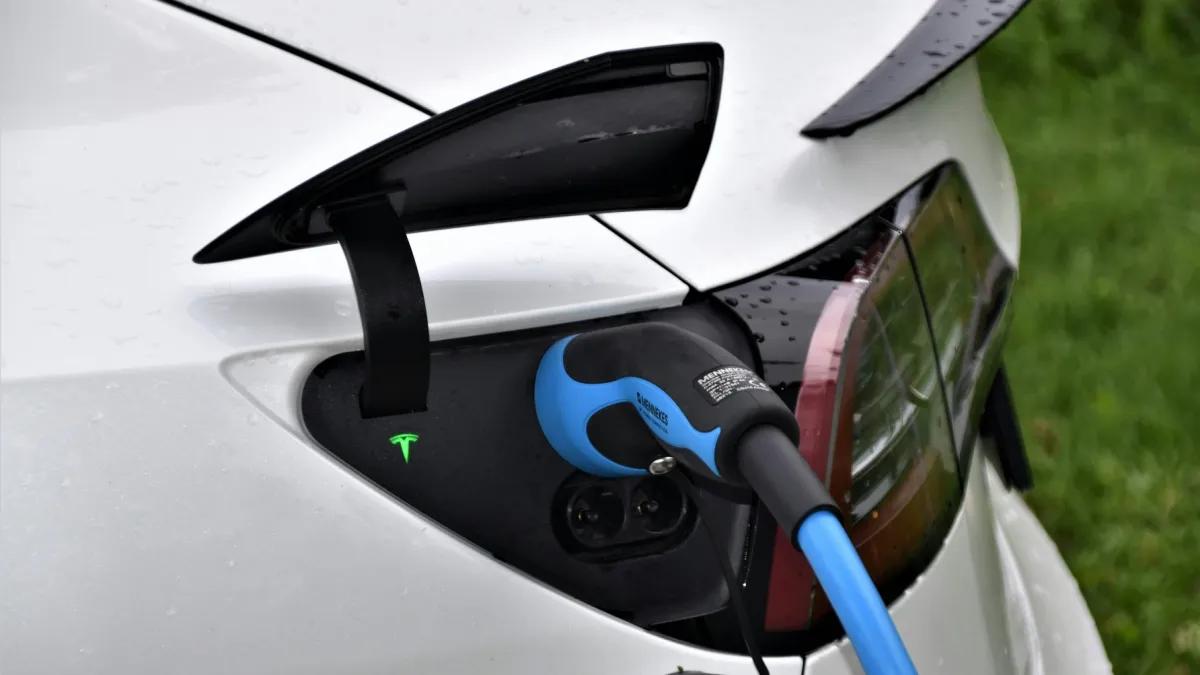
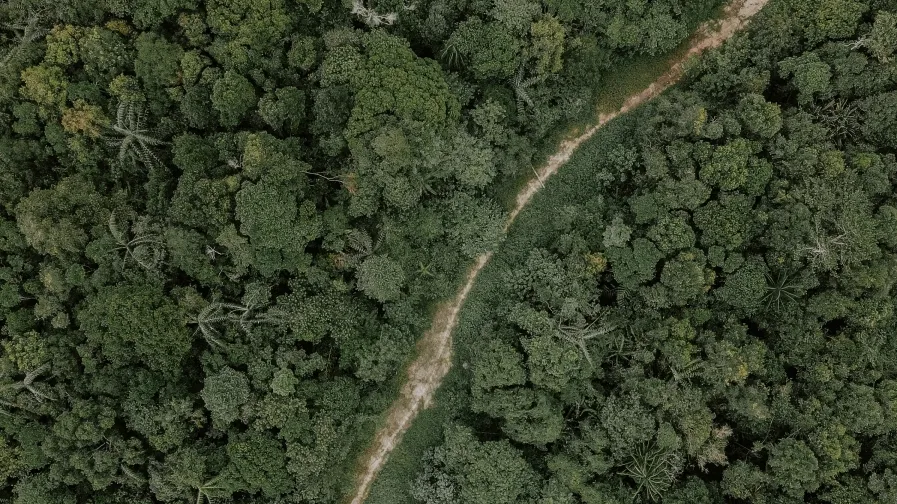


 Advertise
Advertise
